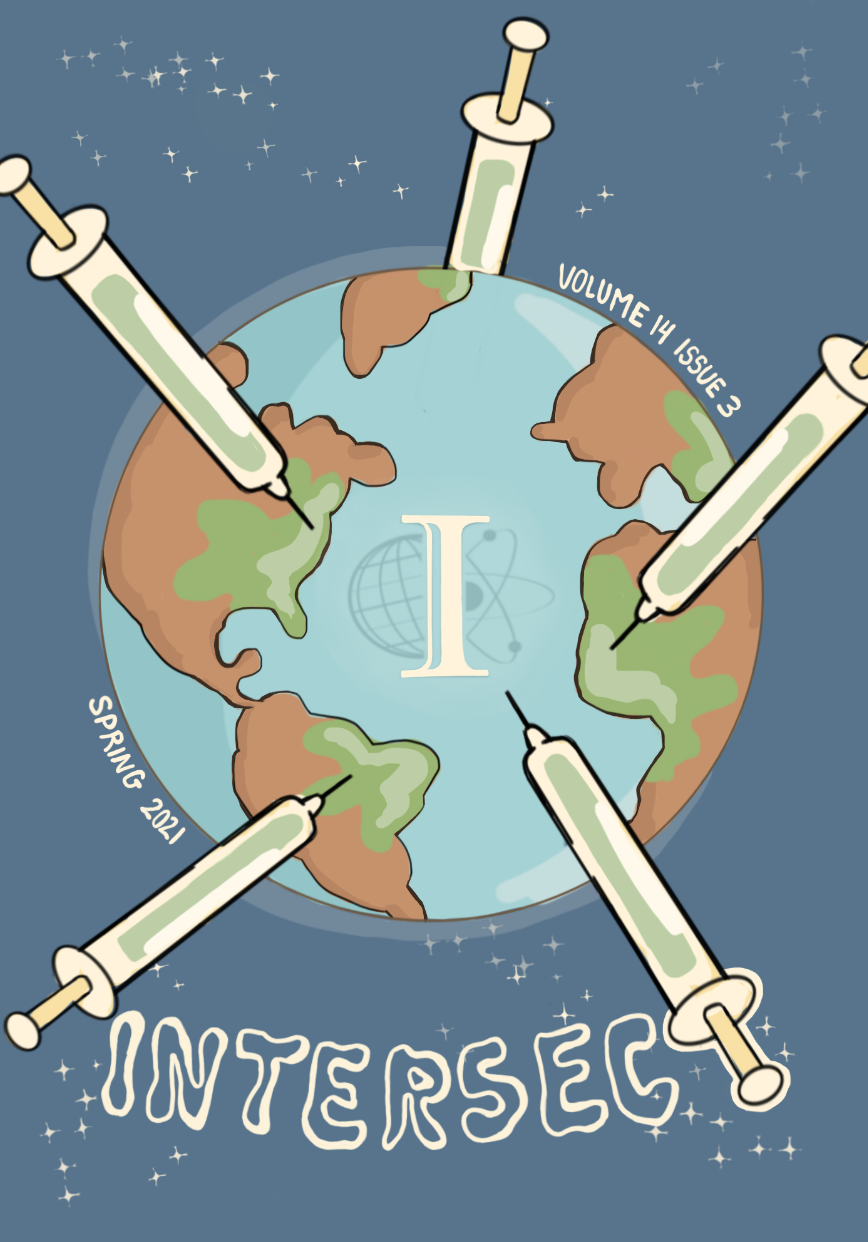Playing with Nature
Synthetic Biology and the Amphibian Extinction Crisis
Abstract
The uncontrolled spread of infectious diseases may have catastrophic worldwide consequences. Amphibian populations, including frogs, face unprecedented biodiversity loss and potential extinction due to the chytrid fungus. Chytridiomycosis is caused by two fungal species, Batrachochytrium dendrobatidis and B. salamandrivorans, which originated in Asia and are spread by wildlife trade. Over 501 amphibian species have declined in number, 90 species are presumed extinct, and additional losses are predicted as anthropogenic trade eliminates geographic barriers and threatens biodiversity (Scheele et al., 2019). While we now understand much about the epidemiology and natural course of this disease, a treatment remains elusive. Infection control guidelines and a reduction in wildlife trade are urgently needed; in addition, emerging biosynthetic engineering tools may help mitigate the decline in frog and amphibian populations.
Downloads
Published
Issue
Section
License
Copyright (c) 2021 Intersect: The Stanford Journal of Science, Technology, and Society

This work is licensed under a Creative Commons Attribution-NonCommercial-NoDerivatives 4.0 International License.
Authors who publish with this journal agree to the following terms:- Authors retain copyright and grant the journal right of first publication with the work simultaneously licensed under a Creative Commons Attribution License that allows others to share the work with an acknowledgement of the work's authorship and initial publication in this journal.
- Authors are able to enter into separate, additional contractual arrangements for the non-exclusive distribution of the journal's published version of the work (e.g., post it to an institutional repository or publish it in a book), with an acknowledgement of its initial publication in this journal.
- Authors are permitted and encouraged to post their work online (e.g., in institutional repositories or on their website) prior to and during the submission process, as it can lead to productive exchanges, as well as earlier and greater citation of published work (See The Effect of Open Access).

